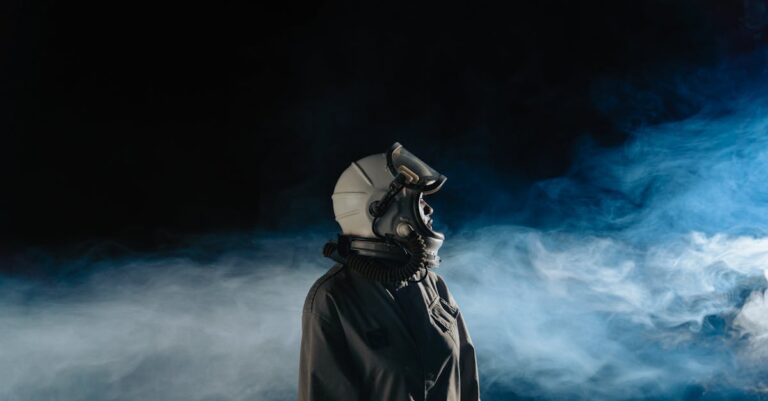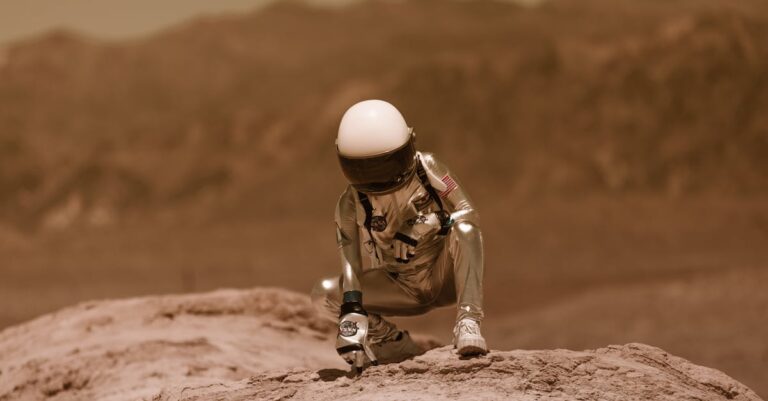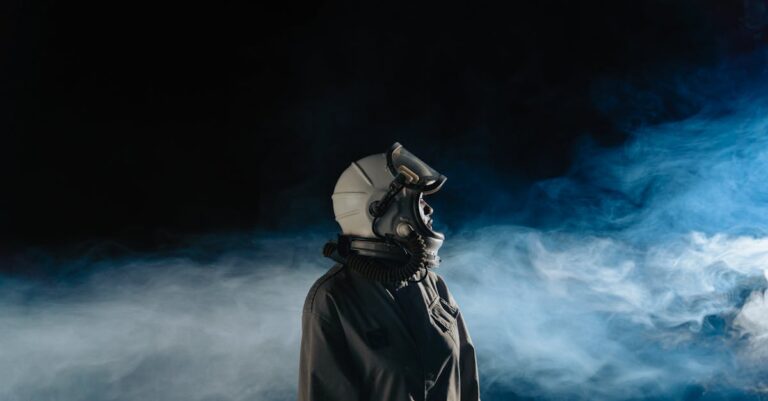
## The Echo Bloom
Rain lashed against the corrugated iron roof of the dig site, a relentless drumming that mirrored Elara’s pulse. The air smelled of damp earth and something else—something ancient, almost metallic. She wiped a strand of wet hair from her face, squinting at the holographic projection shimmering above Dr. Rhys’s workstation.
“Look at this, Elara,” Rhys said, his voice tight with a controlled excitement. “The AI flagged an anomaly in Bioglyph Seven. An unexpected resonance.”
Bioglyphs were Rhys’s obsession. They weren’t glyphs in the traditional sense, but naturally occurring formations of biomineral deposits—crystalline structures that seemed to record environmental data. Rhys believed they held clues to a lost history, a pre-societal network of information transfer.
“Resonance with… what?” Elara asked, her gaze shifting to the intricate web of light pulsing across the holographic display. It showed a connection, faint but undeniable, linking Bioglyph Seven in Patagonia with another formation thousands of miles away in the Siberian tundra.
“With Bioglyph Three,” Rhys stated, tapping a series of commands on his tablet. “And with Eleven in the Congo basin. And… dozens more. Across continents.”
The sheer scale of it stole her breath. “How is that even possible?”
“The AI calls it a ‘neural substrate’,” Rhys explained, gesturing to the projection. “A pre-existing interconnected web woven through these formations. It’s… remarkable.”
Elara felt a strange pressure behind her eyes, a flicker of something she couldn’t quite grasp. She shook her head, dismissing it as fatigue.
The world felt different these days, anyway. Everyone seemed… jumpy. A constant hum of anxiety vibrating beneath the surface of daily life, amplified by the omnipresent EchoSpaces—immersive augmented reality platforms that layered digital information over physical environments. Most people used them for entertainment, for work. Elara found herself increasingly drawn to unplugging, seeking refuge in the quiet spaces between digital noise.
“The geological instability is certainly contributing,” Rhys continued, oblivious to her internal turmoil. “Increased seismic activity amplifies the signal. The AI calculates a significant probability of generational affective manifestation.”
Affective manifestation. Fancy words for feelings, right? But Rhys wasn’s talking about regular emotions. He was referencing something deeper, a resurgence of ancestral responses, triggered by these geological shifts and the resonating Bioglyphs.
Down in Buenos Aires, Mateo felt it first. A sudden urge to carve stone. Not with tools, but with his bare hands. He’s been staring at the digital graffiti layered across the city walls, a constant barrage of commercial messages and fleeting trends, totally disconnected from anything real. Then the feeling hit him– a primal need to shape something permanent, to leave his mark on the earth. He found himself drawn to a construction site, instinctively reaching for a discarded chisel and a chunk of granite.
“What are you doing?” the foreman barked, startling Mateo.
Mateo didn’t answer. His hands moved with a surety he didn’t know he possessed, chipping away at the granite, revealing a spiraling pattern. A pattern that seemed… familiar.
Meanwhile, in Nairobi, Zara sat sketching in her EchoSpace studio, a popular digital artist known for her vibrant murals. But tonight, she couldn’t focus. The familiar interface felt… constricting. She longed to paint with actual pigments, to feel the texture of canvas beneath her fingertips. A memory surfaced—vague and hazy—of grinding ochre with a smooth stone, of applying it to a cave wall.
“Zara? You seem distracted,” her assistant said, glancing at the unfinished design on her screen.
“I just… I need to paint,” she muttered, shutting down the EchoSpace and grabbing a charcoal stick. She started sketching on a large sheet of paper, her hand guided by an unseen force, recreating the ancient symbols that danced in her mind.
Elara felt a tremor run through the ground, subtle but undeniable. The rain intensified, drumming against the corrugated iron with renewed ferocity.
“The pulse is intensifying,” Rhys exclaimed, his eyes glued to the AI’s real-time analysis. “Activation probability is rising exponentially.”
He pointed to a section of the holographic display, highlighting a series of interconnected Bioglyphs. Each one pulsed with an eerie light.
“The AI is identifying three neurologically unique adolescents across the globe,” Rhys continued, his voice laced with a mixture of excitement and apprehension. “Each exhibiting preselective biofragmentation—a fragmented emergence of ancestral skillsets.”
Biofragmentation. It sounded like science fiction, but the data was irrefutable. Mateo’s instinctive carving ability, Zara’s sudden artistic resurgence, and something else…
Elara remembered a dream she’s been having—a recurring image of weaving intricate tapestries, her fingers moving with a grace she never possessed. A dream that felt more like memory than imagination.
“The AI suggests these three are key points in a… unification mechanism,” Rhys said, his voice dropping to a hushed tone. “A failsafe against cascading adaptive descalibration.”
Descalibration. Another cryptic term, but the implications were clear—the planet was changing rapidly, and humanity wasn’t adapting fast enough.
“What does that even mean?” Elara asked, feeling a knot of anxiety tightening in her stomach.
“It means we’re facing an ecological crisis unlike anything we’ve ever seen,” Rhys explained, his face grim. “And these three adolescents—Mateo, Zara, and you, Elara—they may be the only ones who can stop it.”
The ground shook again, harder this time. The holographic display flickered violently, threatening to collapse. A wave of dizziness washed over Elara, followed by an overwhelming sense of purpose.
“We need to find them,” Rhys said, his eyes fixed on her. “Before it’s too late.”
Mateo felt a surge of adrenaline as the foreman dragged him away from the granite block. But the feeling wouldn’t leave him—the relentless urge to create, to connect with something ancient and real. He grabbed a handful of dust from the construction site, instinctively kneading it into a rough clay figure.
“What do you think you’re doing?” the foreman demanded, his face contorted in anger.
Mateo didn’t answer. He just kept shaping the clay, guided by a force he couldn’t explain. A sense of belonging bloomed within him, a feeling that whatever happened, he wasn’t alone.
Zara finished her charcoal sketch, staring at the intricate symbols that had materialized on the paper. They were unlike anything she’s ever drawn before—powerful, vibrant, and deeply resonant.
“It feels… complete,” she whispered to herself, a wave of tranquility washing over her.
A notification popped up on her EchoSpace—a message from a stranger, someone calling themselves “The Weaver.” The message read: *“Find the others. The bloom is coming.”*
Elara traced a line on the map projected by Rhys’s AI. Patagonia, Siberia, Kenya. Three points scattered across the globe, linked by a web of ancient resonance.
“How do we find them?” she asked.
Rhys pointed to a series of cryptic symbols flashing across the screen. “The AI is decoding archaic cartography—pre-societal navigation systems embedded within the Bioglyphs. They’ve been dormant for millennia, but now… they’re active.”
The rain finally stopped. A single ray of sunlight pierced through the clouds, illuminating a patch of earth near the dig site. In that spot, a single flower bloomed—a vibrant, otherworldly blossom unlike anything Elara had ever seen.
The bloom was coming. And with it, a chance to reconnect with the lost history of humanity—a history written not in words, but in stone, clay, and pigment. A history woven into the very fabric of the planet itself.


